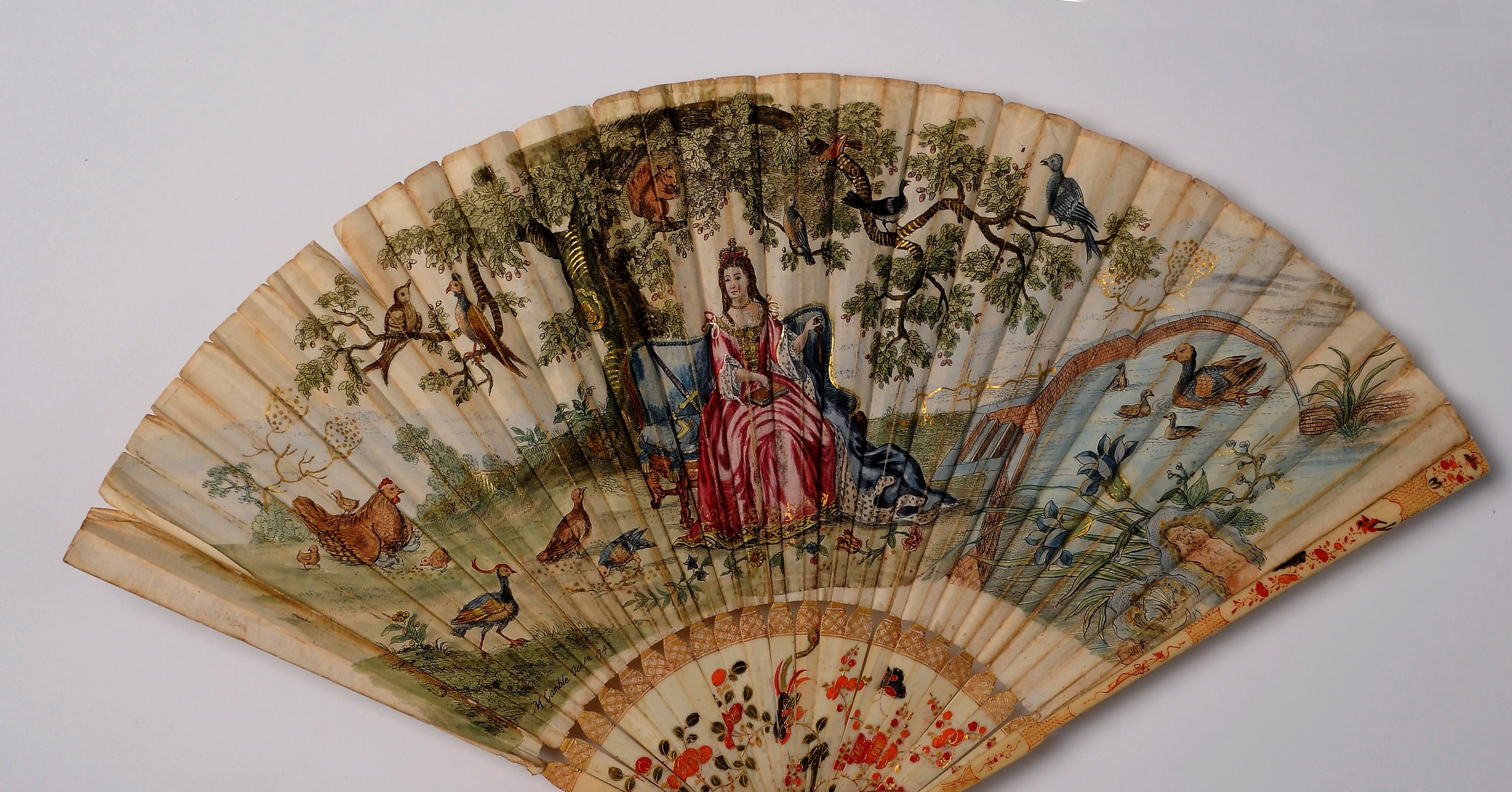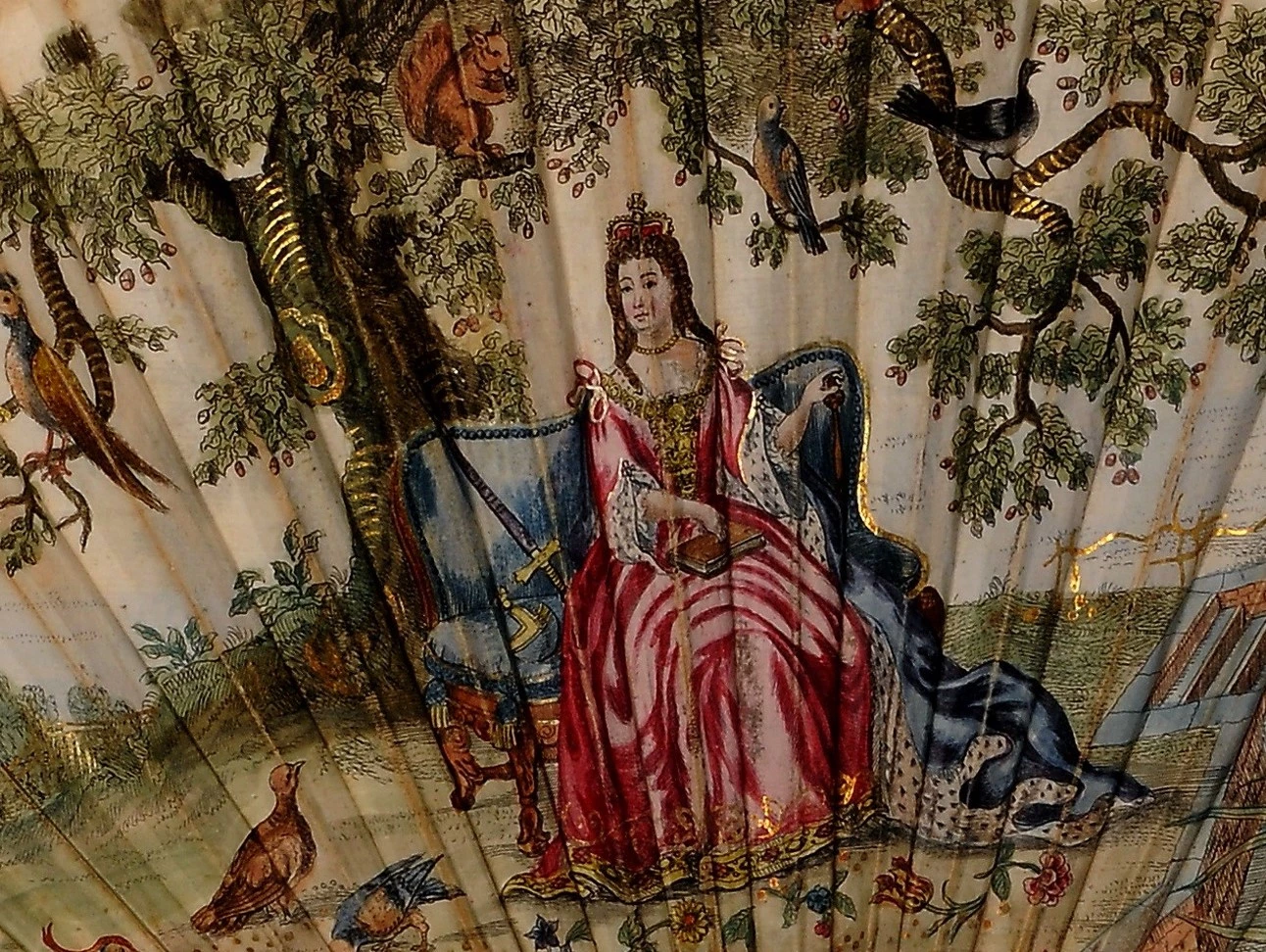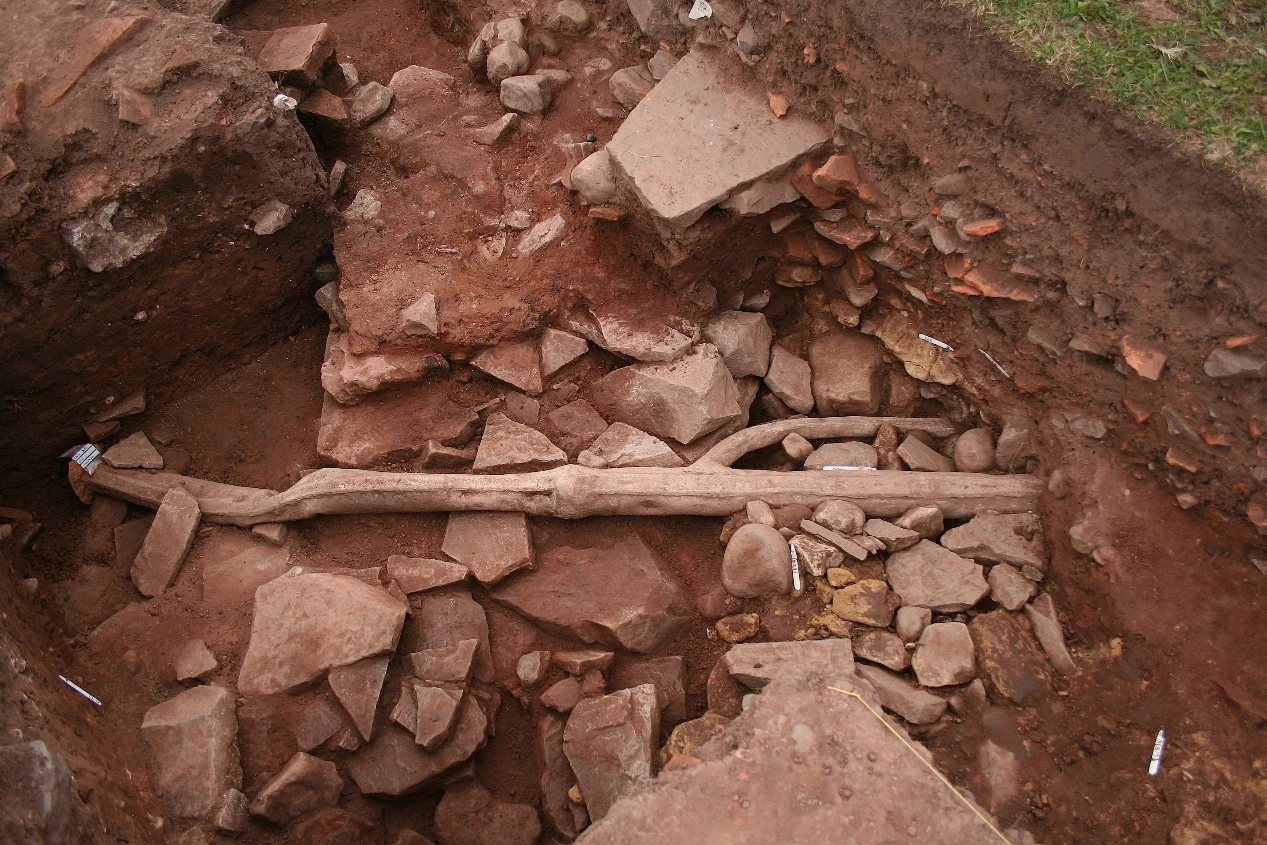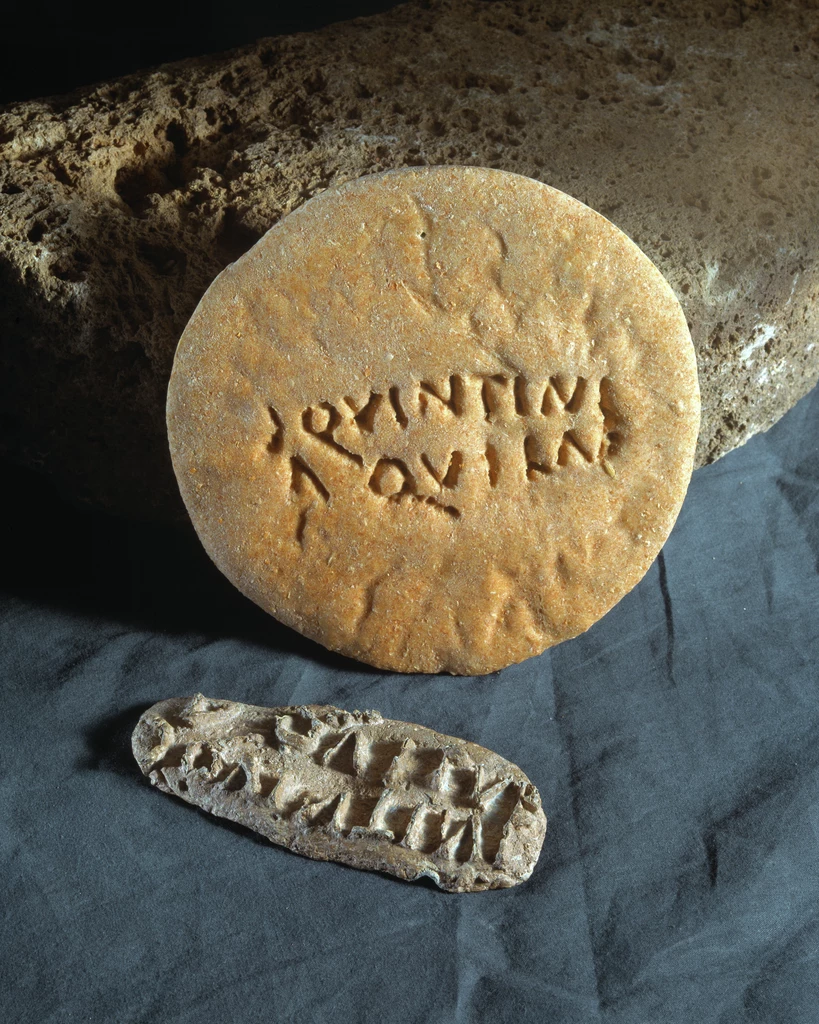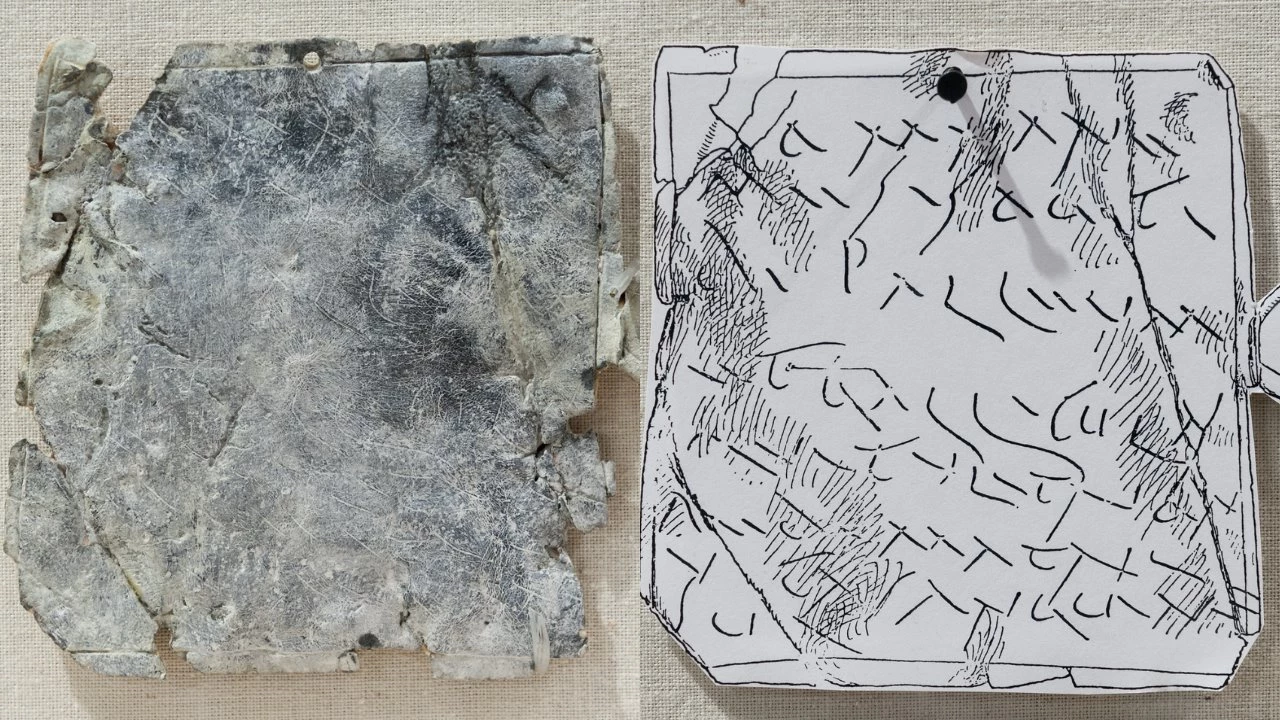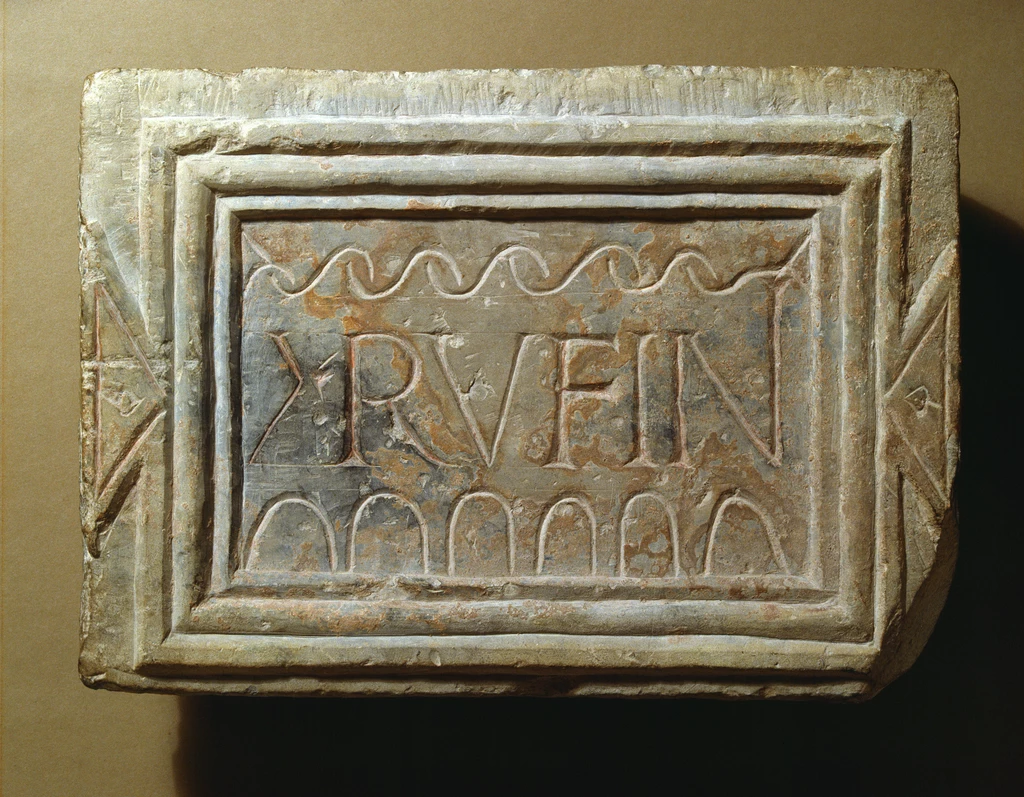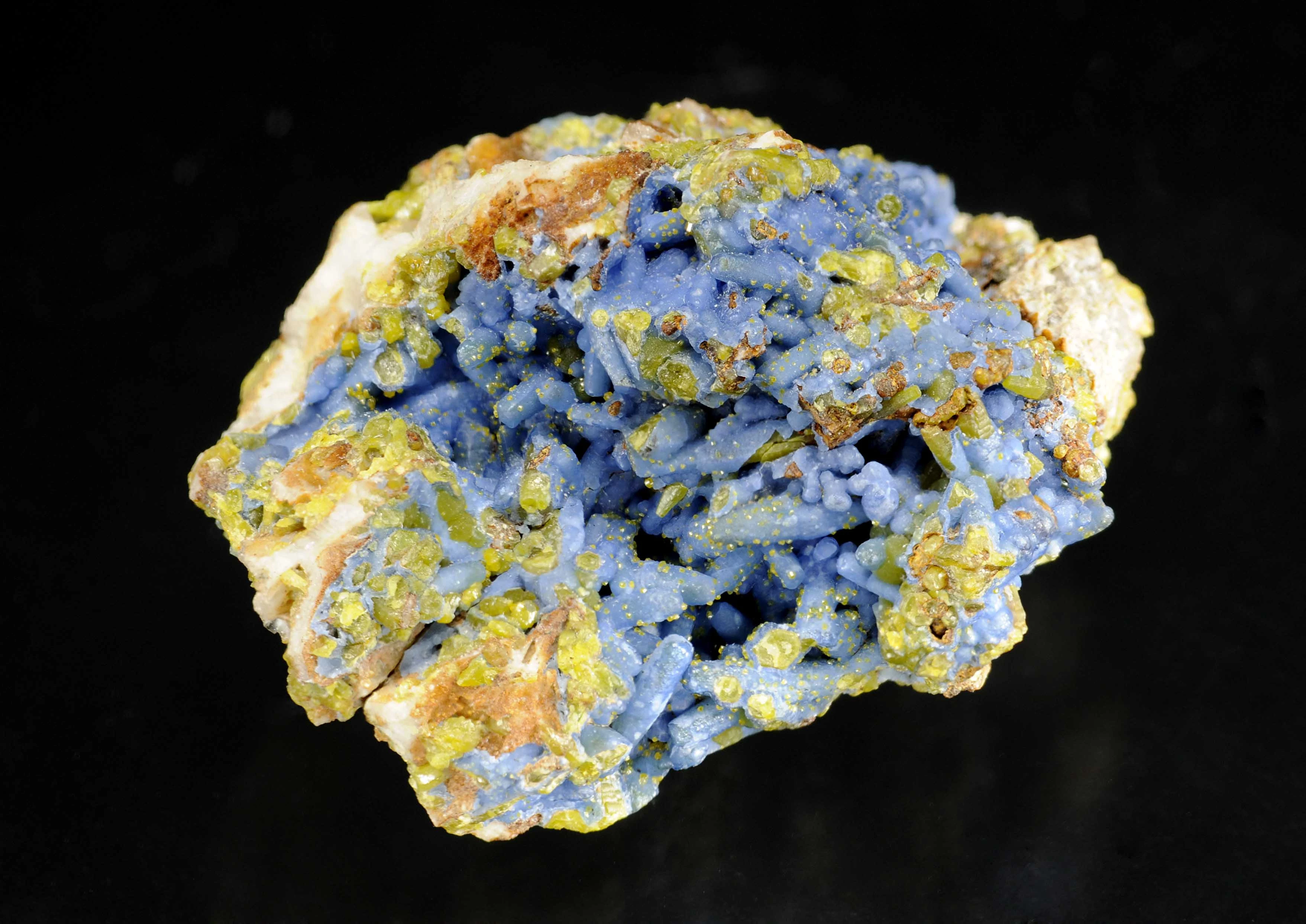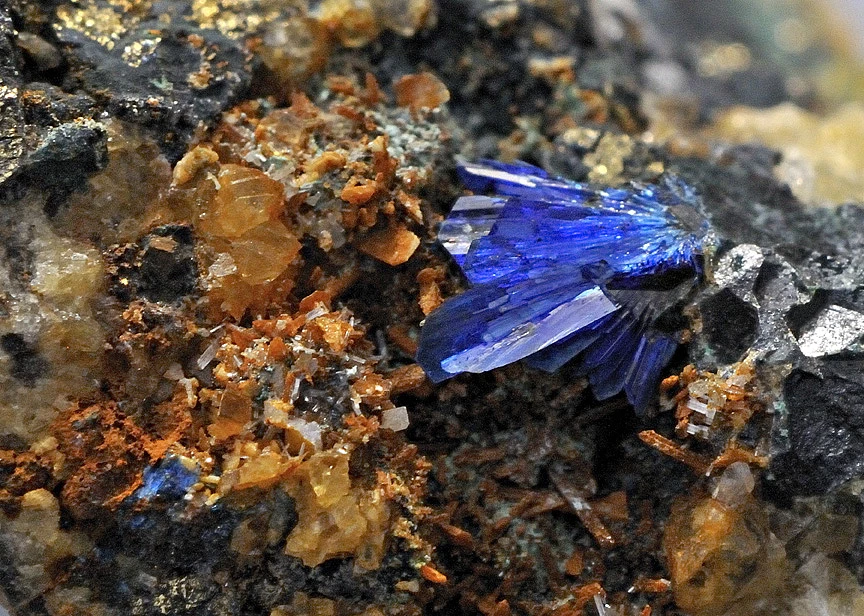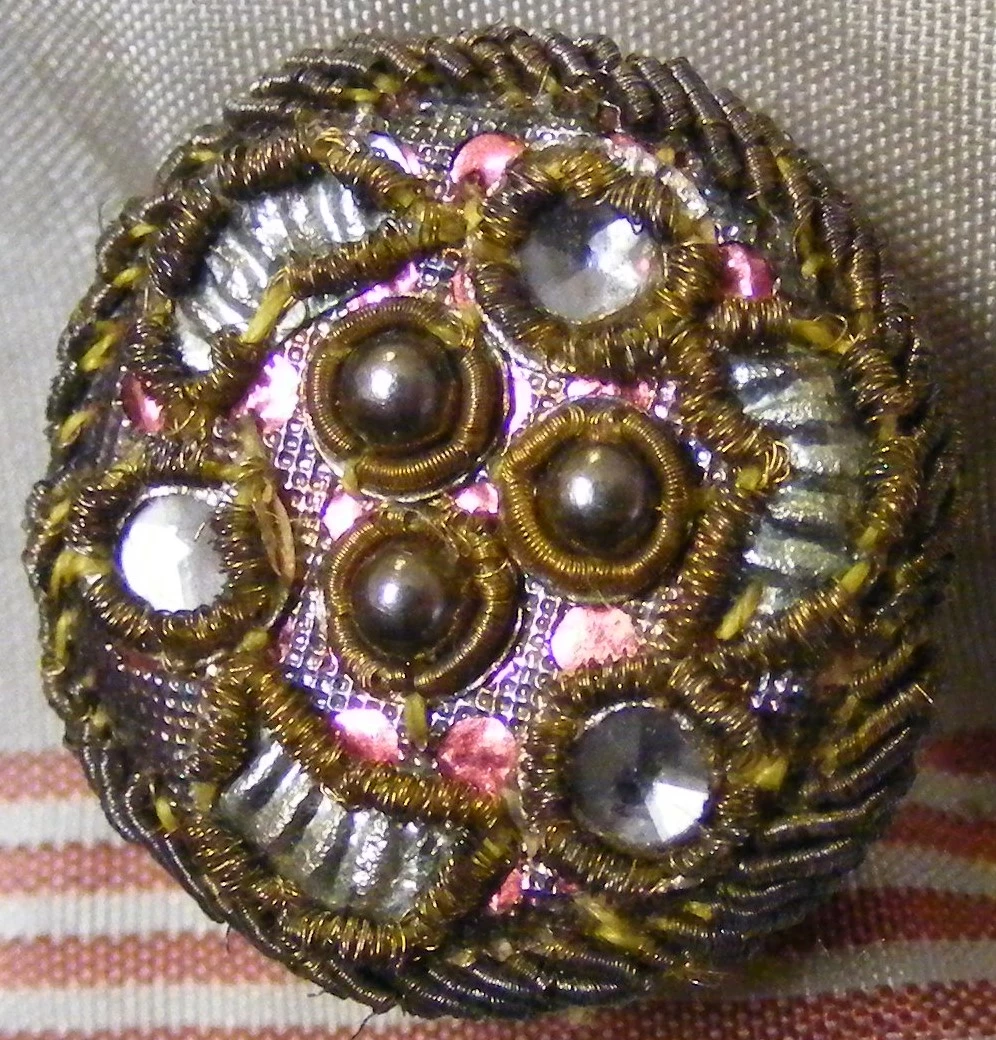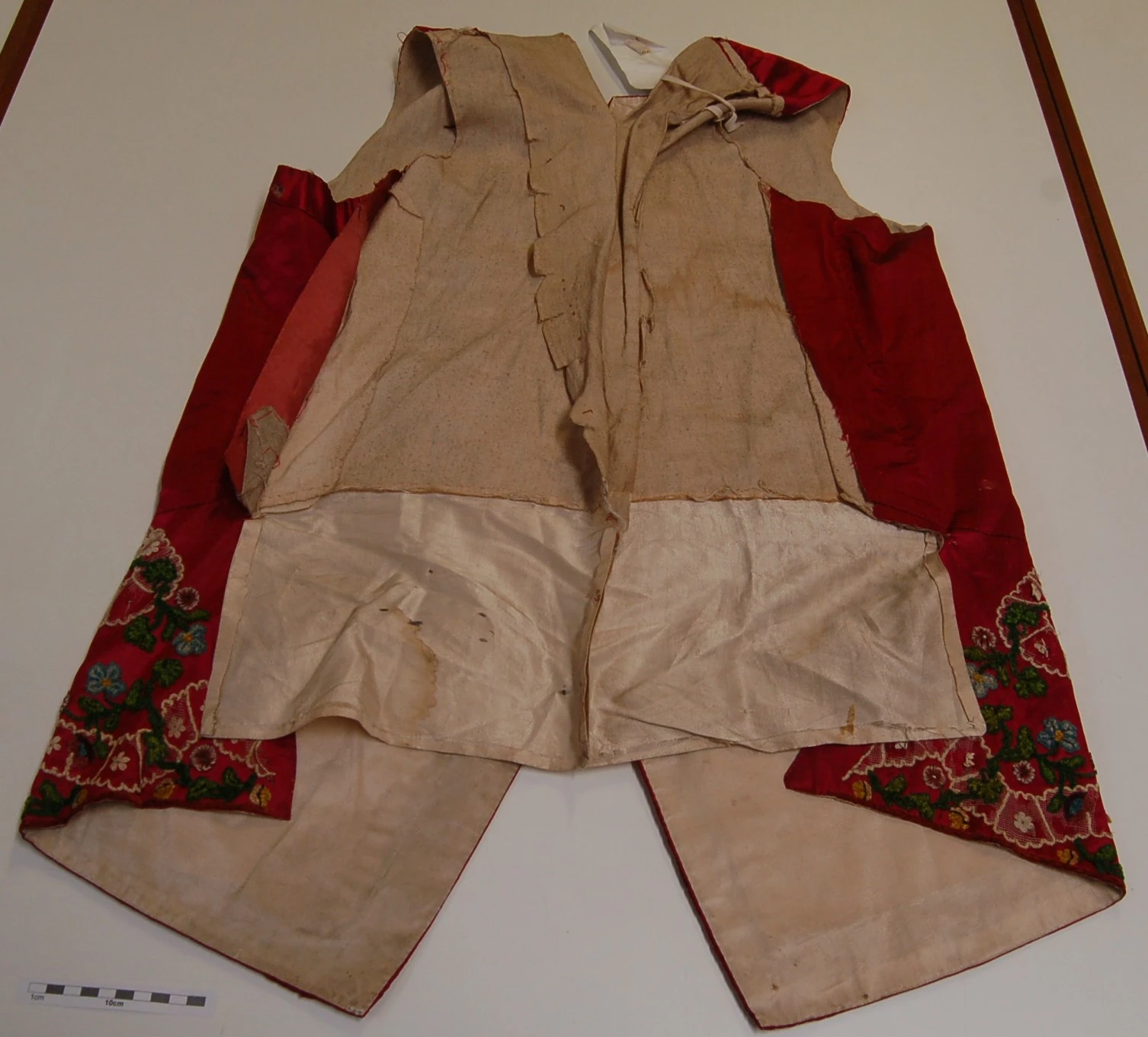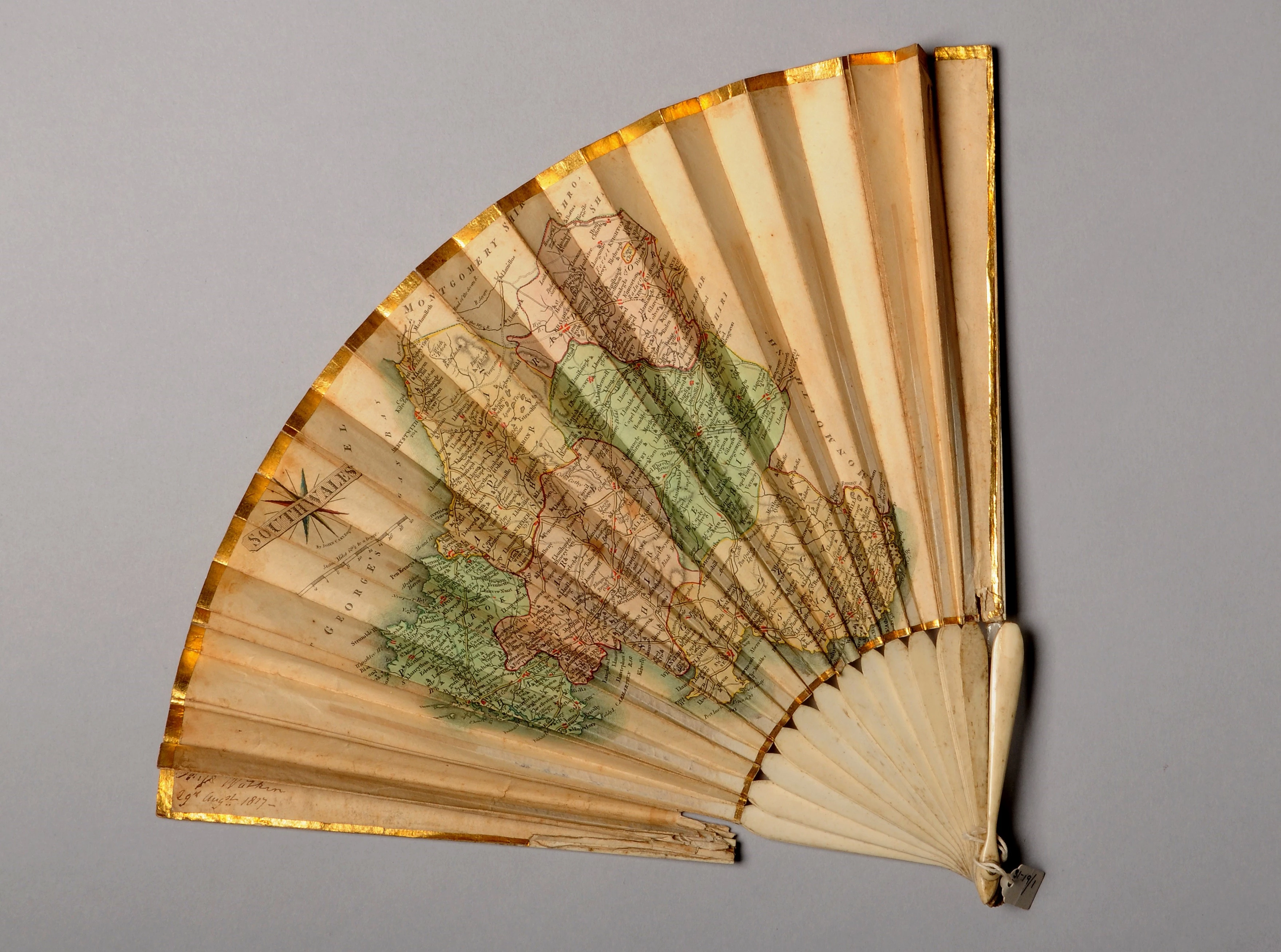Rydym yn dal i nodi blwyddyn ryngwladol tabl cyfnodol yr elfennau cemegol a dewis Mai yw plwm. Mae pawb yn gwybod bod plwm yn drwm (neu’n ddwys, a bod yn fanwl gywir) ond wyddech chi pa mor bwysig oedd plwm i Ymerodraeth Rhufain?
Dwys, defnyddiol a dansherus – plwm yn oes y Rhufeiniaid
Yn oes y Rhufeiniaid, roedd plwm yn cael ei ddefnyddio'n helaeth ledled yr Ymerodraeth. Daw’r symbol cemegol Pb o’r gair Lladin plumbum, a dyma hefyd yw gwreiddyn plwm yn Gymraeg.
Mae’r gwaith o echdynnu mwyn plwm yn eithaf syml ac roedd cyflenwad digonol ohono mewn ymerodraeth oedd yn ehangu’n barhaus. Yn ogystal â bod yn hawdd ei ganfod a’i echdynnu, mae plwm yn feddal ac yn hydrin, gyda phwynt toddi eithaf isel o 327.5°c (digon isel i doddi mewn tân gwersyll), ac mae’n llawer mwy dwys a thrymach na metelau cyffredin eraill. Gellir ei gastio hefyd. Roedd felly’n cael ei gynhyrchu’n helaeth a’i ddefnyddio at gant a mil o ddibenion, diwydiannol a domestig.
Roedd y Rhufeiniaid yn enwog am eu systemau plymio, ac wrth i bibellau plwm gymryd lle carreg a phren datblygodd systemau mwy soffistigedig. Yn 2011 wrth i dîm o Brifysgol Caerdydd gloddio ar y Canaba Deheuol yng Nghaerllion, canfuwyd enghraifft o bibell ddŵr blwm yn agos at yr amffitheatr. Mae’n 0.12m o ddiamedr ac yn bolio yn y canol lle'r unwyd dau ddarn ag uniad wedi'i sodro. Gwelir olion coler crwn a hoelion haearn trwyddo yn un pen (i'r chwith yn y llun) a chredir mai dyma lle y byddai’n cysylltu â phibell neu danc pren. Gwelir pibell gulach yn arwain o’r brif bibell fyddai’n cael ei defnyddio mae’n debyg i gyflenwi dŵr i ffynnon neu bistyll addurnol yn adeilad mawr y cwrt gerllaw.
Gan fod plwm yn hawdd ei drin a’n toddi ar dymheredd eithaf isel, roedd yn ddefnyddiol iawn ar gyfer gwaith sodro ac atgyweirio, mewn ffitiadau pensaernïol ac i leinio blychau. Câi ei ddefnyddio fel math o Rawlplug hyd yn oed. Gan ei fod mor ddwys roedd yn ddelfrydol fel pwysyn, a chan ei fod mor gyffredin roedd yn ddigon rhad i’w ddefnyddio at bob math o ddibenion bob-dydd; o gynwysyddion, i lampau, labeli bagiau a phob math o stampiau. Câi ei ddefnyddio mewn paent, meddyginiaeth a cholur a hyd yn oed i felysu a lliwio gwin. Efallai’n bwysicaf oll, mae’r rhan fwyaf o fwynau plwm yn cynnwys ychydig bach o arian ac weithiau roedd yr arian yn werth mwy na’r plwm. Mewn economi mor ddibynnol ar arian, roedd y sgîl-gynnyrch gwerthfawr hwn yn bwysig iawn.
Mae’r stamp bara plwm a ganfuwyd yng Nghae Prysg, Caerllion (llun ar y dde) yn enghraifft ardderchog o ddefnydd bob-dydd plwm. Câi bara ei bobi mewn popty canolog yn y Gaer gyda phob Cwmni’n defnyddio’r stampiau i hawlio eu dogn am y diwrnod. Stamp ‘Cannwr Cwintin’ sydd yn y llun isod.
Mae lampau fel y lamp blwm syml hon o Gelligaer ger Caerffili (ar y dde) yn ganfyddiadau cyffredin ar safleoedd Rhufeinig . Roedd yn rhad ac ymarferol. Byddai’r brif ran yn cael ei llenwi â gwêr (braster anifeiliaid) a byddai’r wic yn codi i’r rhan uwch.
Y llechen felltith drawiadol (ar y dde) o Gaerllion yw’r unig un a ganfuwyd yng Nghymru hyd yn hyn. Mae’n dangos yn glir pa mor hydrin a meddal yw’r metel ac yn arwydd o’i statws diwylliannol fel metel ‘diwerth’. Wedi’i chrafu ar wyneb y plwm mae melltith yn erfyn am gymorth y dduwies Nemesis i ddial ar leidr clogyn ac esgidiau.
Mae gwaith ymchwil yn dangos bod llythrennau holl arysgrifau Caerllion wedi’u paentio â lliw o’r enw litharg (PbO) neu blwm coch. Mae olion y lliw coch i’w gweld o hyd ar arysgrif carreg a ganfuwyd yn Amffitheatr Caerllion (ar y dde).
Gan fod plwm mor drwm, roedd y Rhufeiniaid yn ei ddefnyddio fel pwysyn neu i ddal pethau i lawr. Canfuwyd croesfar angor yn arddull Môr y Canoldir yn perthyn i long nwyddau fechan oddi ar arfordir Pen Llŷn ym Mhorth Felen, Aberdaron.
Roedd y Rhufeiniaid yn castio eu plwm yn ingotau o’r enw ‘hychod’. Roedd mwyngloddiau plwm cyntaf Prydain dan reolaeth uniongyrchol yr Awdurdodau Rhufeinig, cyn eu trosglwyddo’n ddiweddarach i ofal asiantau lleol dibynadwy fyddai’n codi tâl ar gwmnïau lleol am brydles. Mae arwyddnod un o’r asiantau hynny, Gaiws Nipiws Ascaniws, i’w weld ar 'hwch' blwm Rufeinig a ganfuwyd yng Ngharmel, Chwitffordd. Ar enghreifftiau eraill o Brydain gwelir nodau fel “EX ARG” (Ex argentariis) i ddangos ei bod yn dod o waith arian-plwm, neu Deceangl[icum] i ddangos mai plwm o ardal Tegeingl (Sir y Fflint) ydoedd.
Plwm yn y Gymru Rufeinig
Yn ôl Plini, roedd cloddio am blwm yn waith llafurus iawn yn Sbaen a thaleithiau Gâl ond, ym Mhrydain, roedd i’w gael yn haen uchaf y ddaear a bod cymaint ohono fel y pasiwyd deddf yn gwahardd unrhyw un rhag cloddio mwy na swm penodol ohono. (Naturalis Historia, Llyfr 34, Pennod 49)
Roedd plwm mor bwysig, dechreuodd y Rhufeiniaid gloddio amdano bron yn syth wedi cyrraedd Prydain. Roedd ardal Mendip o gwmpas Charterhouse yng Ngwlad yr Haf yn ardal bwysig ar gyfer mwyngloddio plwm gyda thystiolaeth i gloddio yno mor bell yn ôl ag OC49. Y Fyddin oedd yn rheoli’r gwaith cloddio i ddechrau, sef Ail Leng Awgwstws ym Mryniau Mendip bryd hynny. Efallai’n wir bod eu profiad yn goruchwylio gwaith y mwyngloddiau plwm o fudd pan symudodd y Lleng i’w pencadlys newydd yng Nghaerllion yn OC74/5.
Yn ardal coedwig Draethen ger Machen Isaf, roedd lefel yr arian yn y mwyn plwm yn eithaf uchel – yn sicr yn debyg i gynnyrch Bryniau Mendip ac yn uwch nag unrhyw rannau eraill o dde Cymru. Mae Draethen tua 10 milltir o Gaerllion, tua’r un pellter o gaer Rufeinig Gelligaer ac yn agosach fyth at y gaer yng Nghaerffili. Ym 1937, wrth adeiladu ffordd osgoi newydd ym Machen Isaf, dadorchuddiwyd anheddiad Rhufeinig, yn cynnwys tystiolaeth o lawr gweithio gyda haenau o siarcol, llawer o ddarnau o blwm a lympiau o fwyn plwm. Yn ôl Nash-Williams (Archaeologia Cambrensis, 1939), mae’r ffaith bod y crochenwaith a’r darnau arian bath a ganfuwyd yn rhai mor gynnar yn awgrymu bod Machen Isaf yn sicr yn nwylo’r Rhufeiniaid erbyn i fyddin Rhufain orffen goresgyn de Cymru yn OC75, ac o bosib cyn hynny. Mae crochenwaith a ganfuwyd yn ddiweddarach yn awgrymu eu bod yn yr ardal rhwng tuag OC70 a 100.
Ym 1965, archwiliwyd y ‘Mwynglawdd Rhufeinig’ yn Draethen, gan fwrw rhagor o oleuni ar waith y Rhufeiniaid yn cloddio am blwm yn yr ardal. Byddai’r Rhufeiniaid yn echdynnu plwm drwy gynnau tân coed yn erbyn y graig i’w chynhesu i dymheredd uchel cyn taflu dŵr oer neu finegr drosti. Byddai hyn yn hollti’r graig yn ddarnau llai y gellid eu didoli â llaw. Câi’r gwastraff ei bacio i siambrau ochr a chilfachau cyn cludo’r mwyn i’r wyneb ar hambyrddau pren neu mewn sachau lledr a bwcedi pren. Mae’r dystiolaeth o’r Mwynglawdd Rhufeinig yn cyfateb yn union i hynny. Canfuwyd siarcol trwy’r mwynglawdd i gyd, hyd yn oed yn y twneli lleiaf, ac roedd y siambrau ochr yn llawn gwastraff. Roedd waliau a thoeau’r twneli wedi’u gorchuddio â phatina du trwchus a achoswyd gan lawer iawn o fwg. Golygai’r holl fwg yn hefyd bod yn rhaid i’r Rhufeiniaid suddo siafftiau bob hyn a hyn i greu tynfa aer drwodd ac roedd llawer o allanfeydd fel hyn ym mhrif dwnnel y Mwynglawdd Rhufeinig. Ni chanfuwyd offer yno ond mae olion ceibio i’w gweld drwy’r twneli.
Pwy oedd yn gweithio yn y mwyngloddiau? Yn Archaeologia Cambrensis, 1939, mae Nash-Williams yn tybio mai caethweision a charcharorion dan oruchwyliaeth gwarchodfilwr oedd yn gweithio yn Draethen gyda’r anheddiad dan ofal swyddog o’r llywodraeth. Mae’n debygol y byddai’r mwynwyr yn marw’n ifanc, ac o weld cyn lleied o le oedd i weithio mewn rhannau o’r mwynglawdd mae’n bosibl mai plant oedd rhai o’r gweithwyr.
Cliciwch y dolenni am adroddiad manwl ar fwyngloddiau plwm Draethen a chanfyddiadau datgloddio'r mwynglawdd.
Rheoli Sylweddau Peryglus i Iechyd (COSHH) - Gwenwyn plwm yn oes y Rhufeiniaid
Er bod plwm yn ddefnyddiol iawn, mae hefyd yn wenwynig. Os caiff ei lyncu neu ei anadlu, mae plwm yn cyrraedd llif y gwaed gan amharu ar y broses o gynhyrchu haemoglobin a ddefnyddir gan gelloedd coch i gario ocsigen. Pan fydd lefelau plwm yn y gwaed yn cynyddu, mae'n cael effaith ddifrifol iawn ar y corff, gan gynnwys niwed niwrolegol parhaol. Mae’n effeithio’n waeth ar blant gan fod meinwe’r corff yn feddalach a’r ymennydd yn dal i ddatblygu.
Mae’n amlwg o’r hyn a ysgrifennwyd ar y pryd bod y Rhufeiniaid yn ymwybodol o beryglon plwm ac yn gwybod y gallai achosi gorffwylledd a marwolaeth.
Yn Naturalis Historia, ysgrifennodd Plini am y mygdarth gwenwynig a godai o’r ffwrneisi plwm. Yn De Architectura, mae Vitruvius yn awgrymu y dylid defnyddio pibellau priddwaith i gludo dŵr am fod dŵr o bibellau plwm yn niweidiol. Dywed y gellid cadarnhau hynny trwy edrych ar weithwyr plwm, oedd yn llwyd eu gwedd. Wrth gastio plwm, meddai, roedd y mygdarth yn glynu wrth y gwahanol aelodau ac yn eu llosgi bob dydd gan ddinistrio grym y gwaed, "Felly, ni ddylid cludo dŵr mewn pibellau plwm ar unrhyw gyfrif os dymunwn iddo fod yn iachus.” Yn De Medicina, mae Celsus yn annog defnyddio dŵr glaw, wedi’i gludo trwy bibellau priddwaith i danc dŵr â chaead drosto.
Ond er bod rhai’n rhybuddio rhag defnyddio plwm, roedd mor bwysig ac yn cael ei ddefnyddio mor gyson fel ei bod bron yn amhosibl dygymod hebddo. Mae’n debyg na wyddai’r rhan fwyaf o Rufeiniaid am y peryglon a’u bod yn dal i ddefnyddio plwm o ddydd i dydd.
Wrth astudio lefelau plwm mewn pobl o’r cyfnod Brythonig-Rufeinig, gall ymchwilwyr gael darlun gwell o lefelau normal gwahanol ardaloedd. Mae hefyd yn eu galluogi i fod yn fwy hyderus wrth adnabod mewnfudwyr i ardal benodol. Mewn astudiaethau isotopau o olion y dyn a ganfuwyd yn yr arch yng Nghaerllion, gwelwyd bod crynodiad y plwm yn ei ddannedd yn bedair rhan i bob miliwn (ppm). Mae hyn yn nodweddiadol o rywun yn yr ardal honno ar y pryd.
Llygredd plwm yn yr Henfyd.
Mae defnydd helaeth y Rhufeiniaid o blwm yn rhoi cipolwg hynod ddiddorol ar hynt yr ymerodraeth. Yn 2018, dadansoddwyd creiddiau a gymerwyd o len iâ yr Ynys Las gan Sefydliad Ymchwil Aer Norwy a dangoswyd nad problem gyfoes yn unig yw llygredd amgylcheddol. Gellir canfod llygredd o fwyngloddiau plwm yn yr haenau o iâ a gwelir yn glir bod llygredd yn digwydd yn yr henfyd. Llwyddodd yr ymchwilwyr i ddefnyddio’u mesuriadau o lygredd plwm i olrhain digwyddiadau a thueddiadau hanesyddol o bwys. Dangosir yn glir bod llai o lygredd plwm ar adegau o ryfel, wrth i'r ymladd dorri ar draws y gwaith cynhyrchu, cyn cynyddu eto mewn cyfnodau sefydlog a llewyrchus. Bu cynnydd sylweddol mewn llygredd plwm o ddiwedd Gweriniaeth Rhufain trwy 200 mlynedd gyntaf Ymerodraeth Rhufain, cyfnod y Pax Romana. Mae’r mesuriadau’n dangos cwymp yr Ymerodraeth fawr yn glir hefyd. Daeth Pla Antwn yn OC165 – pandemig difrifol o’r frech wen neu'r frech goch yn ôl haneswyr. Bu farw bron i bum miliwn o bobl dros 15 mlynedd, ac er i’r Ymerodraeth oroesi’r pla, nid felly’r economi. Gwelir hyn yn amlwg yn lefelau isel y plwm yn yr haenau iâ dros flynyddoedd y Pla a’r canrifoedd dilynol. Daw lefelau uchel y plwm yng nghyfnod y Pax Romana i ben ar yr union adeg pan darodd y Pla ac ni chyrhaeddir lefelau tebyg am fwy na 500 mlynedd.
Dilynwch y ddolen am ragor o wybodaeth diddorol am ymchwil plwm yr Ynys Las.
Yng nghasgliadau daeareg yr amgueddfa gwelir llawer o enghreifftiau o fwyn plwm o Gymru a’r byd gan gynnwys sylffid plwm, neu galena, prif fwyn plwm. Wedi 1845 (pan ddechreuwyd cadw cofnodion swyddogol) cynhyrchwyd dros 1.2 miliwn tunnell o blwm crynodedig o fwyngloddiau Cymru ond gan fod hanes y mwyngloddio’n mynd yn ôl i gyfnod y Rhufeiniaid o leiaf, dylai’r ffigwr hwnnw fod gryn dipyn yn uwch.
Caiff mwynau eu lliwio’n hardd iawn o ganlyniad i hindreulio naturiol ac ocsideiddio mwynau plwm. Gwelir rhai enghreifftiau yma. Nid yw pob mwyn sy’n cynnwys plwm yn wenwynig – mae rhai cyfansoddion sy’n cynnwys plwm yn sefydlog iawn. Dangosodd arbrofion bod modd sefydlogi tomenni sy’n cynnwys plwm trwy ocsideiddio peth o’r plwm yn ffosffad fel pyromorffit neu plwmbogwmit.
